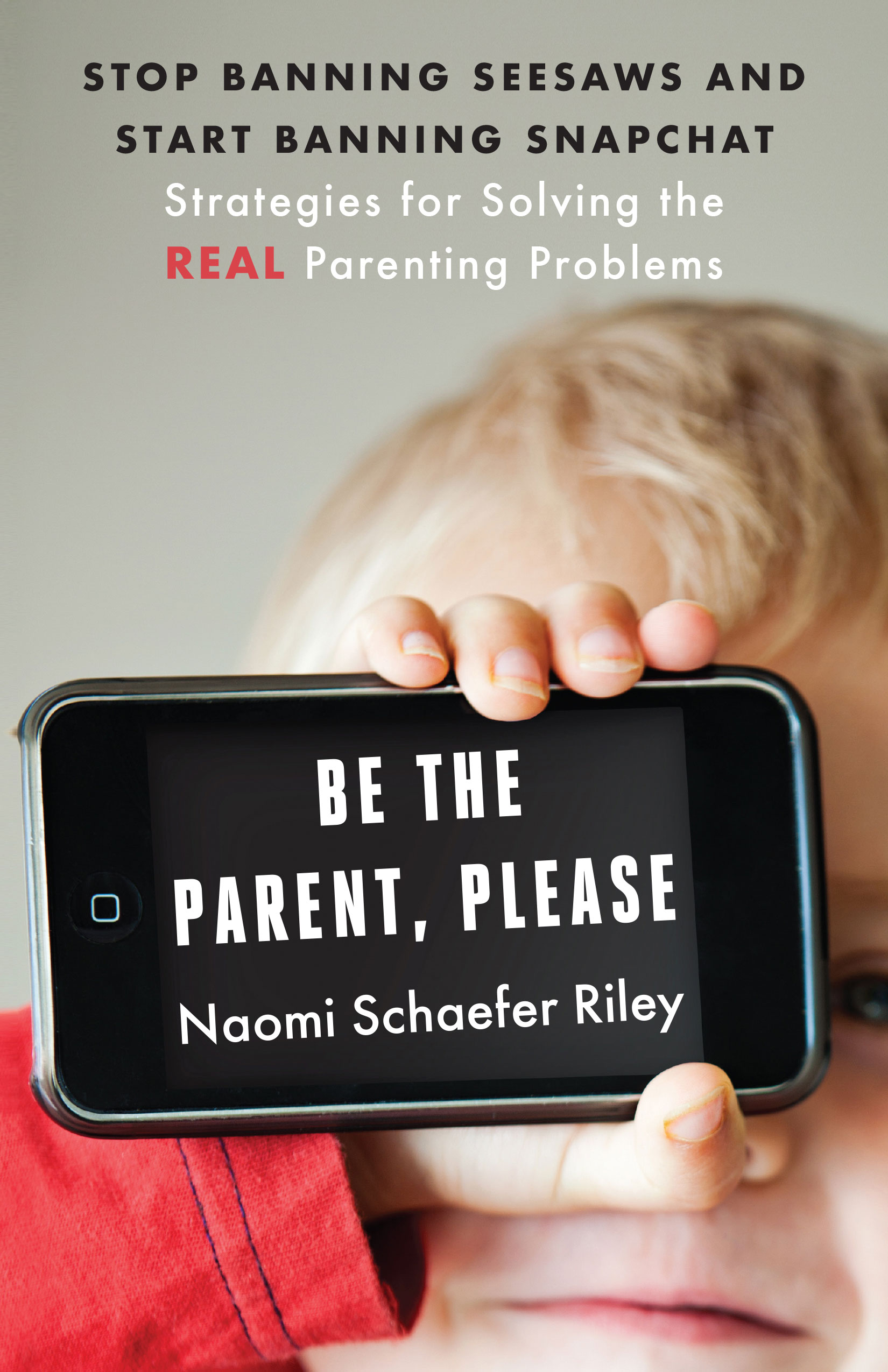Sexting has become a teen fad that is not only raising eyebrows, but causing concern for many parents. Tech-savvy teens can send text messages at lightning speed, and some are taking it too far by sending nude photos or sexual messages electronically without realizing how inappropriate and potentially dangerous it can be.
A while back, I blogged about the controversy in the news about the cheerleaders who were kicked off the squad for sending nude pictures of themselves over their cell phones. Some experts shed light on the “why” behind the sexting, including that it may be a strategy to hold onto boyfriends.
Another headline that caught my eye came from WUSA-TV, a CBS affiliate (Washington, D.C.), that detailed an Internet “Bimbo” competition among pre-teens. Apparently, in Europe, more than 1.4 million girls had registered to play. WUSA reported, “The girls, most ranging in age from 9-16, create online characters and compete for bimbo dollars. They use the fake money to buy sexy lingerie and clubbing outfits and even get plastic surgery for their characters. The players are encouraged to keep their characters thin and happy by the use of diet pills.”
And, to make matters worse, a recent survey suggests that sexting is more common than we’d like to think. “One in five teens have sent a revealing photograph of themselves via cell phone or e-mail or posted nude or partially nude images of themselves online,” according to a recent “Sex and Tech” study done by The National Campaign to Prevent Teen and Unplanned Pregnancy and CosmoGirl.
I turned to “Chief Technology Mom” Monica Vila, NY-based founder of TheOnlineMom.com, and Mom Since 1999 (MS’99), to understand this problem and to get some tips on how to keep teens safe.
In a nutshell, Vila said that kids are growing up faster than ever, and that increased media exposure accelerates the issues that parents face in keeping kids safe. Her ideas include the following:
1. Start the conversations earlier. She said, “Parents are using their own experience (with sexuality) and not thinking they need to start the conversations earlier. Get to know your child, and know if there’s an awareness of sex and sexy topics.”
2. Sexting is about much more than texting – it’s about sexuality. “Realize that sexuality is a very charged theme and difficult to discuss,” Vila acknowledged. However, it’s critical to start and continue this dialogue, even if you have a difference of opinion with your teen, she advised.
And, with the increasing number of electronic gadgets kids have – cell phones, iPods, digital cameras, computers, and more – Vila suggests setting rules up front. She shared the following ideas:
• Never email or IM your picture to someone you don’t know – they may not be who they say they are.
• Never open a picture a stranger has sent you by email or IM. Strangers include people you’ve met online but don’t know in person.
• Never post sexually provocative pictures.
• Don’t use webcams without parental supervision. When using them, always know what’s in their field of vision, and always turn them off and close their lenses when you’re finished.
• Never post pictures of anyone else without their permission.
• Open the dialogue – use it as a teachable moment. Use spare time to talk about what’s ok to do, what’s not ok to do, how you’ll take care of it.
I love Monica’s tips and approach. I’d add that teaching kids about the risk of “electronic fingerprints” is a valuable lesson. Once you post online, your privacy is obsolete, and you risk image and reputation with friends, colleges, and employers.
Do you have any tips to add on keeping kids safe and “sexting-free” ? Add a comment to this post to join the chat!







interesting post, pretty much covered it all for me although would of added more content.
Great website. A great deal of useful info here. I’m sending it to some friends!